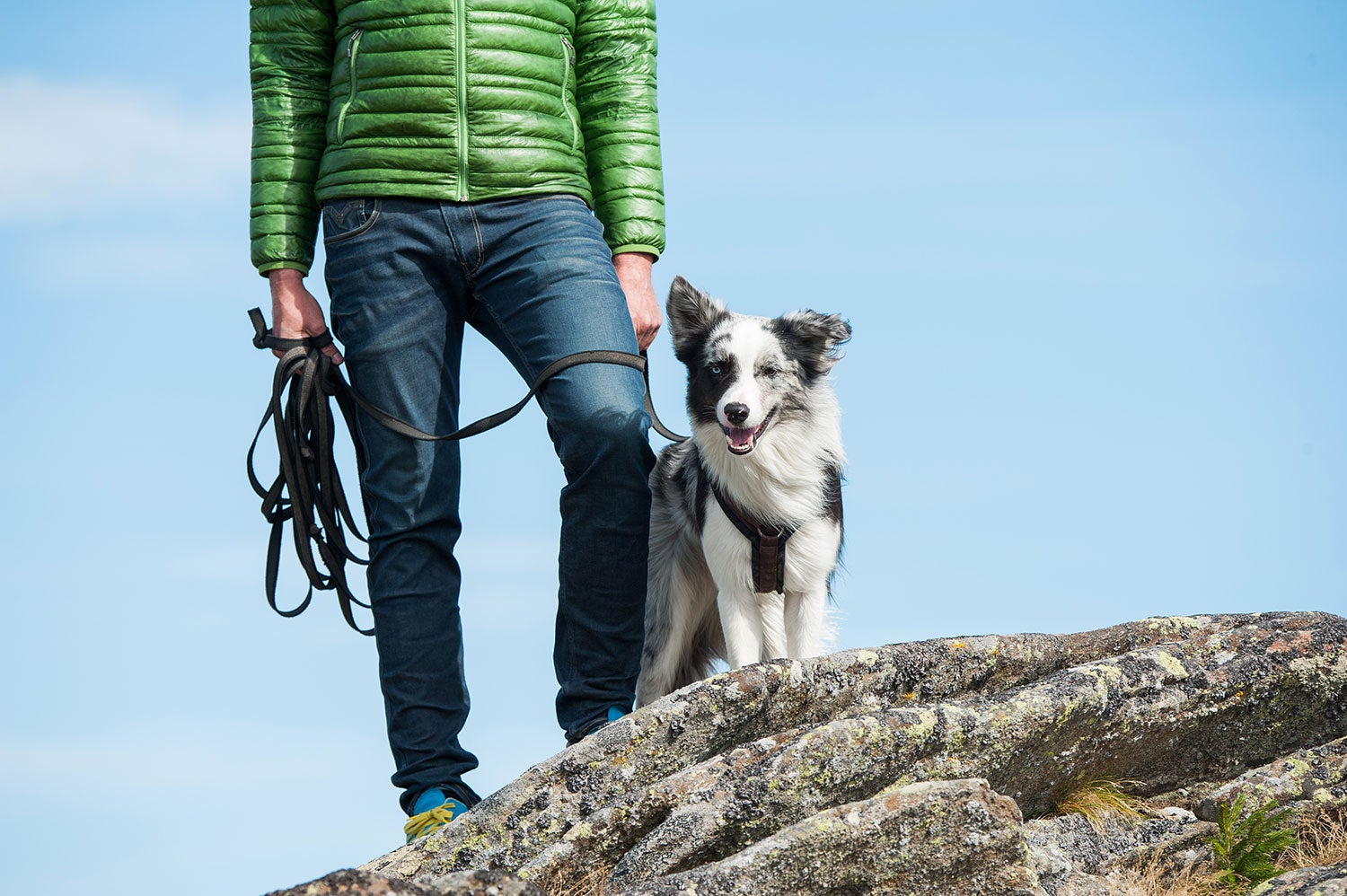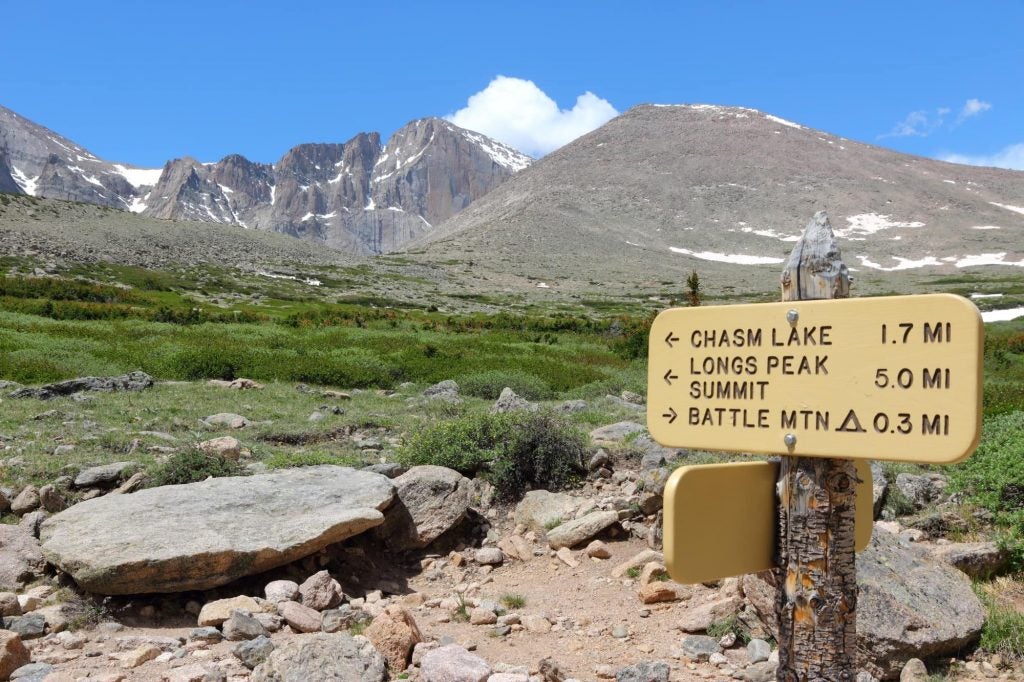Learn how to prevent altitude sickness in dogs so your whole family can enjoy that trip to the mountains…
If you’ve ever experienced altitude sickness yourself, then you know that it’s something you’d never want your dog to go through. Understanding how to prevent altitude sickness in dogs could be the difference between an exciting hike into the mountains and a scary pet emergency.
While many people planning a trip to higher elevations are aware of the signs and symptoms of altitude sickness in humans, it’s easy to miss those symptoms in our pets. Campers and hikers may not even realize that dogs are susceptible to altitude sickness, just like we are.
How to Prevent Altitude Sickness in Dogs
Altitude sickness in dogs can be completely avoided in most cases. Hydration is key when it comes to prevention. Always carry a pet bowl and plenty of water with you, and offer your pet water as often as you can. A good rule of thumb is every time you take a drink, your dog should, too.
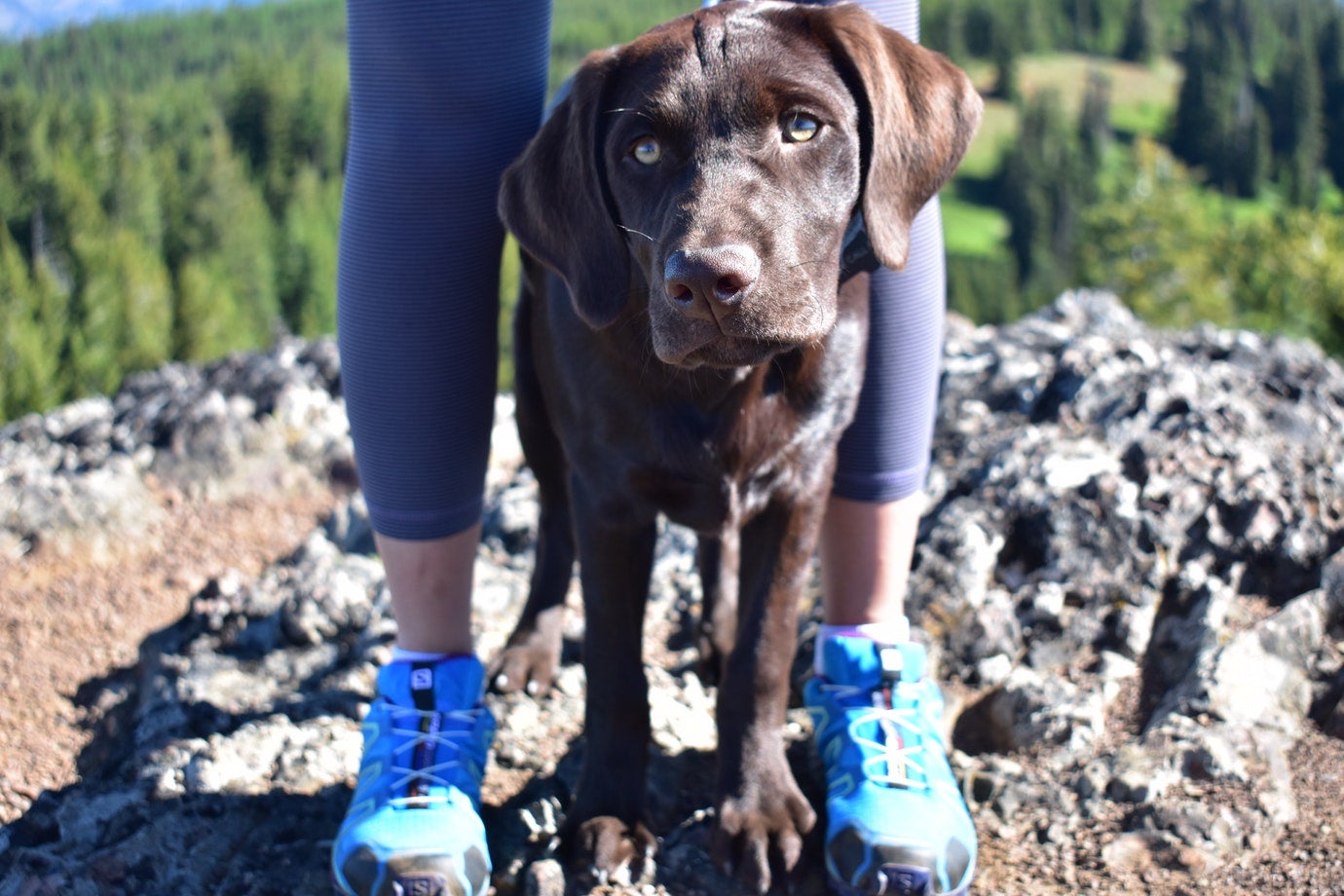
Image from The Dyrt camper Sasha W. at Lodgepole Campground in Montana
Take it slow and keep your dog at your side on the trail. Alongside altitude sickness, there are a variety of risks to be aware of when hiking with your dog, including dehydration, falls, and other animals. They love it out there in the wild, but it’s still our responsibility to keep them safe. Keep your dog on a leash so you can control their speed, and encourage lots of breaks. Preventing altitude sickness is a good excuse to stop for snacks (for both of you).
If you live at sea level or low elevation, it’s a good idea to plan a day at 5000 or 6000 feet before going above 8000 feet. Driving from sea level to 10,000 feet and hopping out for a long hike will be hard on everyone.
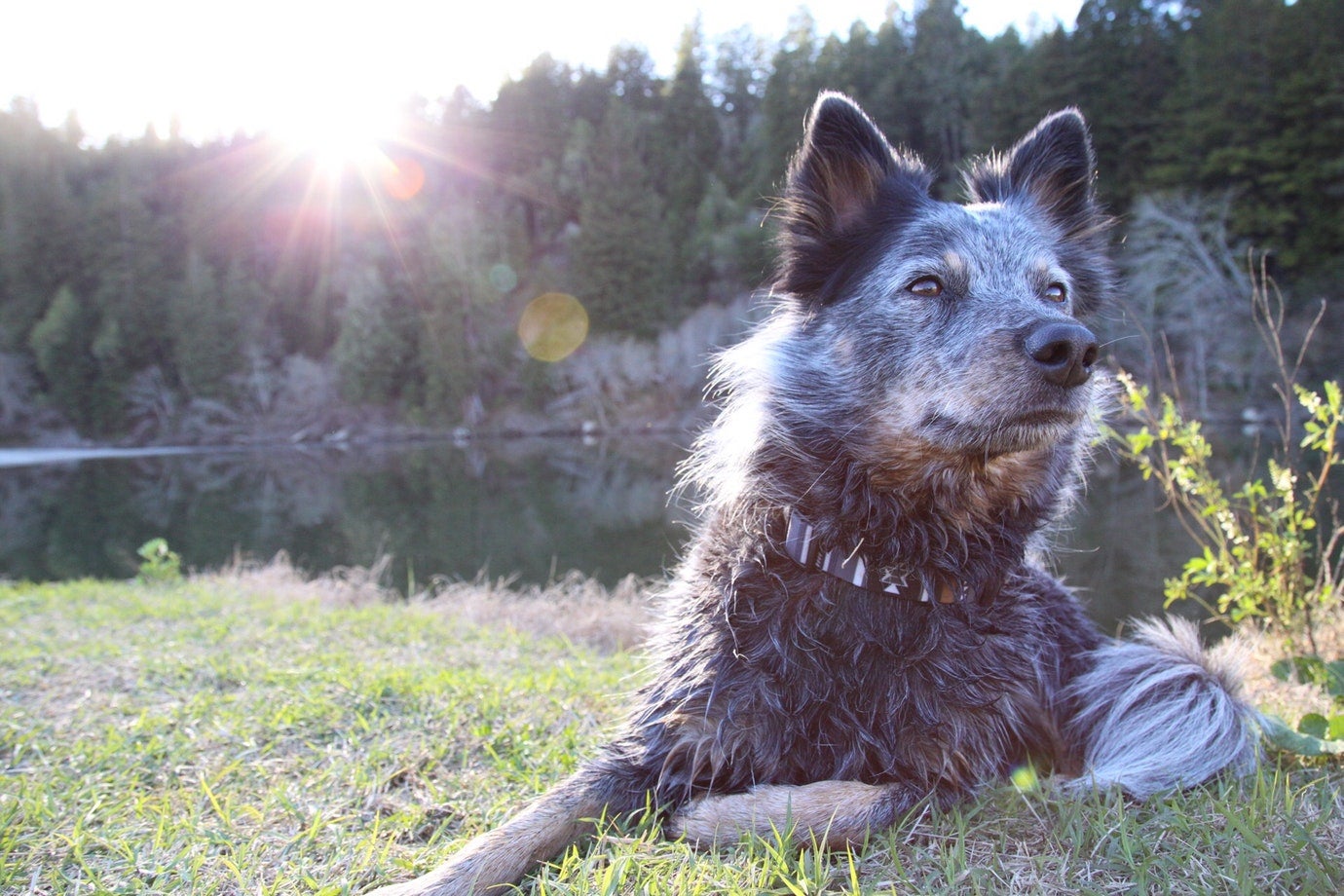
Image from The Dyrt camper Wes R. at Casini Ranch Family Campground in California
While severe altitude sickness is rare, you should immediately descend to a lower elevation if your pet exhibits symptoms.
This is especially true if your pet has an underlying medical condition such as hypertension, cardiac issues, or respiratory problems. Altitude sickness in dogs, if allowed to advance, will cause the brain to swell, fluid to collect in the lungs, and eventual death so it has to be taken seriously.
Pet owners should always be prepared for pet emergencies, from knowing how to prevent altitude sickness in dogs to having local vet information on hand. If your pet gets injured or sick, you’ll want to know the closest place to bring them. Having this information handy before you venture into the wild could be key in saving your dog’s life when you’re in a place without cell service.
Spotting the Signs of Altitude Sickness in Dogs
You might first notice that your dog is just ‘off’ or ‘out of sorts’ at elevation. If altitude sickness in dogs is not identified and treated, it can quickly turn into a veterinary emergency—so keep a close eye when you’re climbing.

Image from The Dyrt camper Lauren M. at Pine Mountain State Park in Kentucky
Altitude sickness in dogs, just like humans, occurs because the concentration of oxygen molecules is less, the higher you go. This forces the body to compensate for less oxygen per breath. Breathing and heart rate naturally increase until the body is able to adjust to the elevation. So giving your dog time to adjust is key in preventing altitude sickness.
The symptoms of altitude sickness in dogs can include any of the following:
- Shortness of breath
- Racing heart
- Lack of appetite
- Nausea or vomiting
- Pale gums
- Excessive tiredness/lack of coordination
- Swelling or edema (face, limbs)
- Fever or bloody nose
- Drooling or panting (excessive)
- Persistent cough
Some of these symptoms can be discrete, or easily mistaken for other illnesses, so it’s important to watch your pet closely.
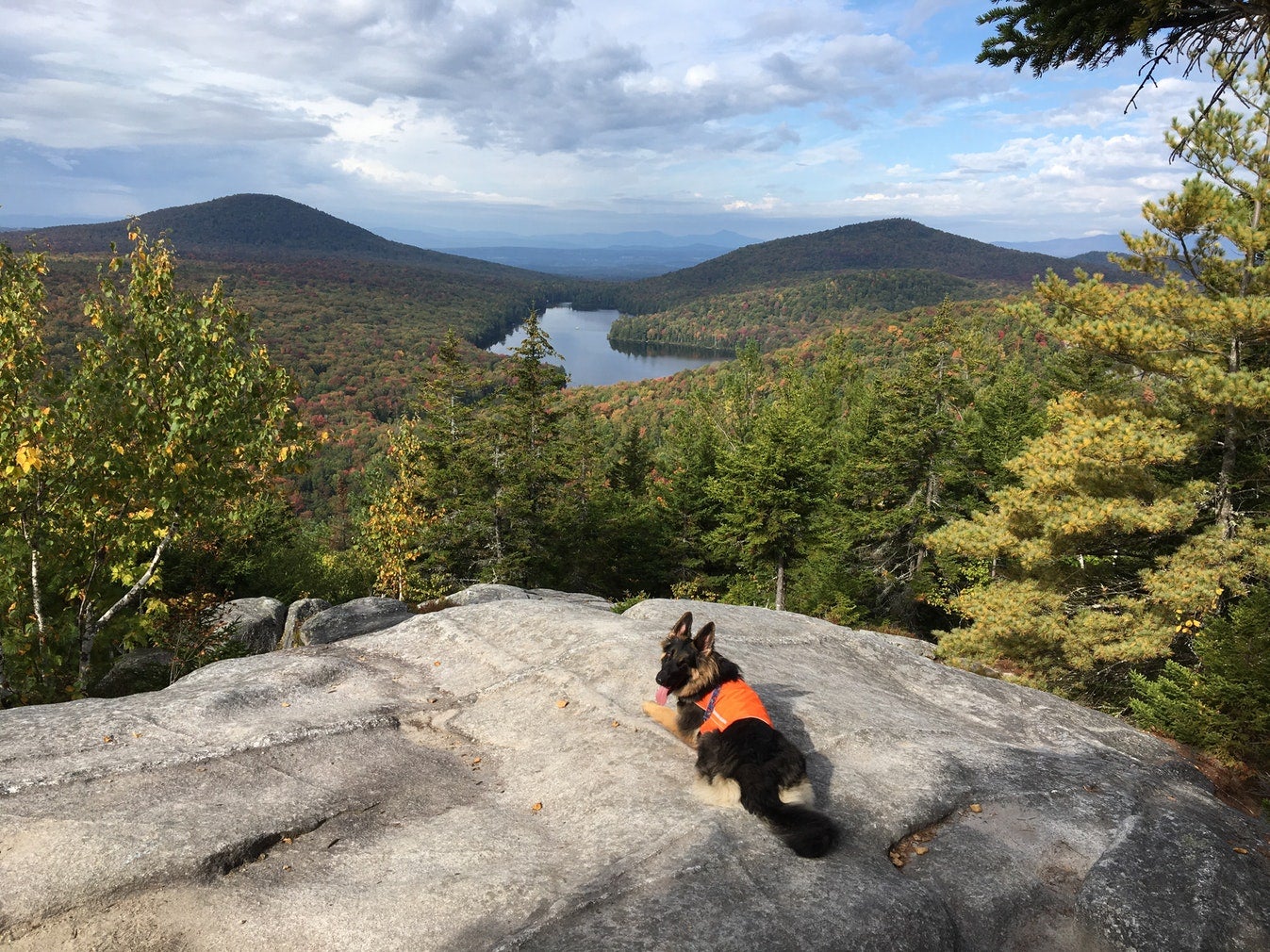
Image from The Dyrt camper Rachel N. at Ricker Pond State Park in Vermont
Dr. Ben Nelson, DVM in Las Vegas, New Mexico tells us that “Dogs with underlying or undiagnosed cardiac and respiratory issues are the most susceptible to altitude sickness.”
Senior dogs are at risk simply because they frequently have issues that have developed over time that are previously unknown to their owners.
Breed Matters When it Comes to Altitude Sickness in Dogs
Some breeds face greater risk of altitude sickness; those include Brachycephalic (smushed face) breeds such as English bulldogs, pugs, Boston terriers and mixed breeds with a similarly short muzzle. These breeds have a difficult time increasing their air intake fast enough to overcome the effects of elevation as quickly as other breeds.
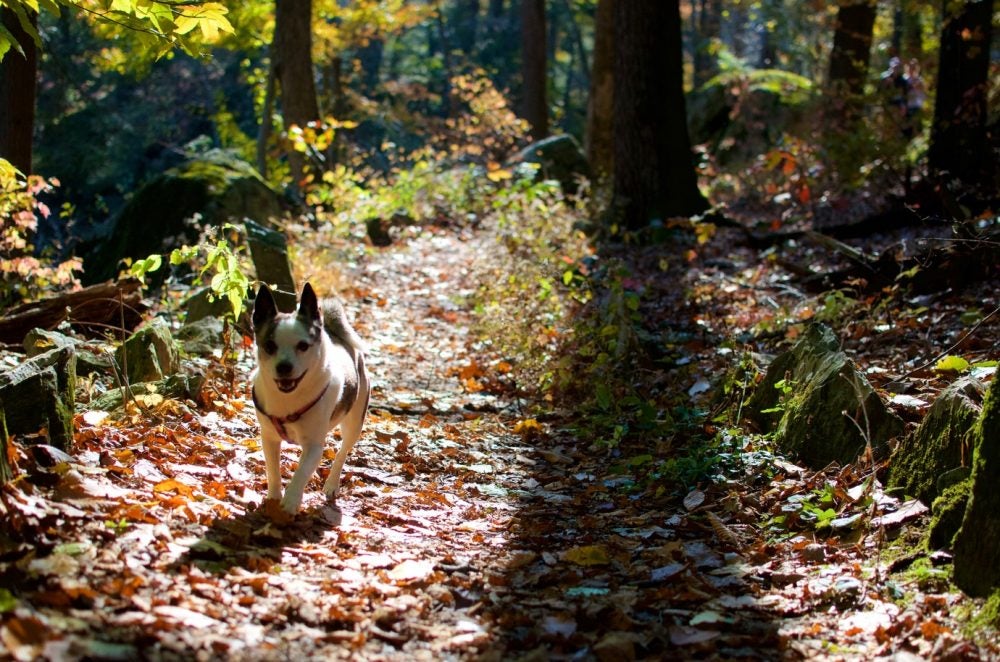
Image from The Dyrt camper Asher K. at Clarence Fahnestock State Park in New York
Dr. Nelson warns: “Brachycephalic breeds are susceptible at any age due to the fact that increased breathing can cause the throat to inflame and then swell. This swelling and the subsequently increased gasping can create a cascade effect the dog cannot recover from.”
While our most active dogs tend to act like they can handle anything, running in circles around us on the trail, they are also susceptible to altitude sickness. Weekend Warrior dogs who want to climb the summit as fast as possible probably won’t realize they’re struggling with altitude sickness, so it’s important for their owners to encourage them to slow down.
You are your dog’s biggest advocate!
Now that you know how to prevent altitude sickness in dogs, get out there, take your time, pay close attention to all of your hiking buddies, and have a good time.
The Dyrt is the only camping app with all of the public and private campgrounds, RV parks, and free camping locations in the United States. Download now for iOS and Android.Popular Articles:
Articles on The Dyrt Magazine may contain links to affiliate websites. The Dyrt receives an affiliate commission for any purchases made by using such links at no additional cost to you the consumer.

